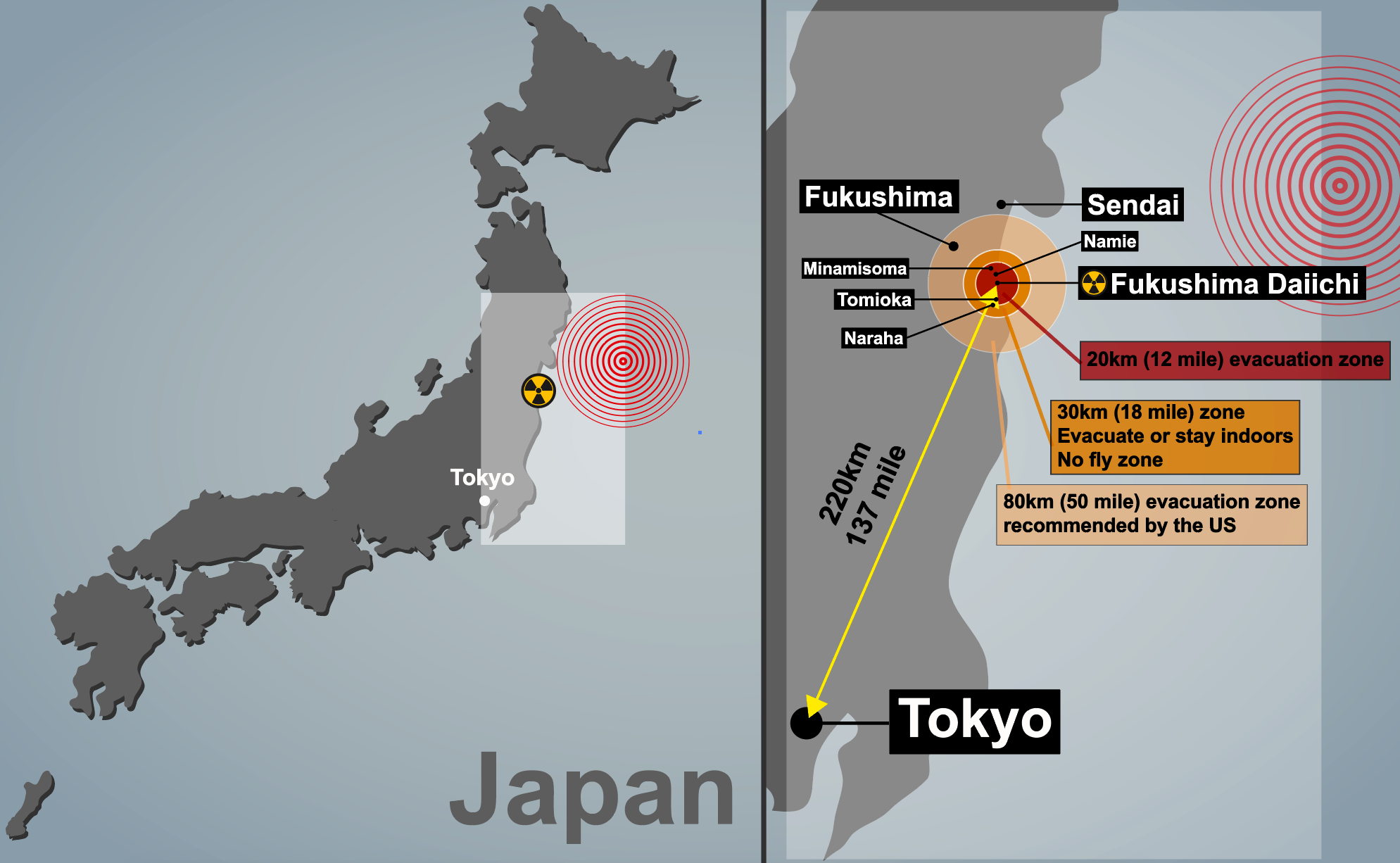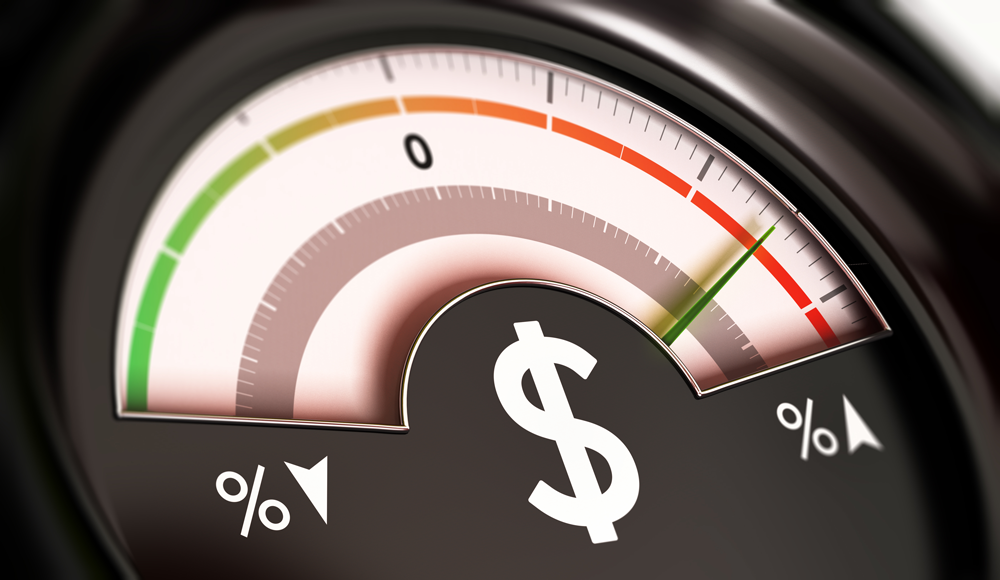Main Content
Lesson 1: Overview
Strategic Decision-Making: Events

In addition to being able to model the actions of customers, suppliers, regulators, pressure groups, competitors, and others, management must also be aware of events that may change their decisions. We will call these event shocks, which are events that are exogenous to the firm. This means that the event originates outside of the firm and, therefore, management does not have control over it.
Example: Earthquake in Japan
An example of an exogenous shock would be an earthquake, which may affect the company’s operations. In 2011, a major earthquake hit off the coast of Japan, leading to a tsunami and the shutdown of a major nuclear plant. Clearly, the earthquake is outside of management’s control. So how would this earthquake affect a specific firm or industry? One interesting result of the Japanese earthquake was that many of the world’s suppliers of automobile parts are located in this part of the world. After the March 2011 event, many auto manufacturers (e.g., Toyota, Ford) could not source key parts for their production. This included the pigment and dyes that make black paint, almost all of which is sourced from this part of the world. For much of 2011, there was a shortage of black cars in the global auto market.
Two Types of Shocks
There are two types of shocks: systematic and idiosyncratic.

Systematic Shock
A systematic shock is an exogenous event that affects an entire system. In this course, a common system would be an industry. Shocks that affect an entire industry, such as an interest rate increase, are systematic.

Idiosyncratic Shock
An idiosyncratic shock is an event that has an effect on one firm but does not affect the firm's competitors.

Not All Affected Equally
Most shocks will be systematic in that events will normally not be targeted at one firm. However, just because a shock is systematic does not mean that all companies in one industry are affected equally.
Example: Auto Industry Interest Rate Increase
For example, imagine that you are studying the automobile industry and interest rates increase in a short time frame. This increase would have an effect on all auto companies, either directly or indirectly.
- Direct effect: A direct effect could be higher interest rates on the loans or bonds that the auto companies have taken or will take.
- Indirect effect: An indirect effect may be seen in lower demand since these companies' customers take out loans to purchase cars.
In this example, all auto companies would be negatively affected indirectly because customers were taking out fewer loans. However, some companies would be less directly affected than others because some of them may have needed to take out fewer loans or bonds to weather the rate increase. For example, a company that has no debt on its balance sheet and wasn't planning on taking on new debt would be able to absorb the shock better than companies that do have debt.

Not a Shock
Some apparent event shocks are actually great examples of events that are not technically shocks.
Example: BP Oil Spill
For example, the BP oil spill in the Gulf of Mexico may at first appear like an idiosyncratic shock. However, this is not considered a shock because the event was not exogenous to the firm. The oil spill was a result, at least partially, of the company’s inability to secure its oil pipelines. In this case, the issue is endogenous and not exogenous. This may appear like a shock (and we sometimes discuss it informally as one), but it is actually a breakdown of internal controls within the firm.
